When fortunes vanish—but names still open doors
In elite social circles, financial ruin doesn’t always look like ruin. It doesn’t make the news, doesn’t come with public auctions or foreclosure signs. Instead, it unfolds discreetly—in sold-off paintings, shuttered estates, and sudden trust revisions. These families once controlled empires and shaped nations. When their money disappeared, their names didn’t. In some cases, the name alone remained the most valuable asset.
Here are some of the most striking examples of families who lost their fortunes—but never their place in high society.
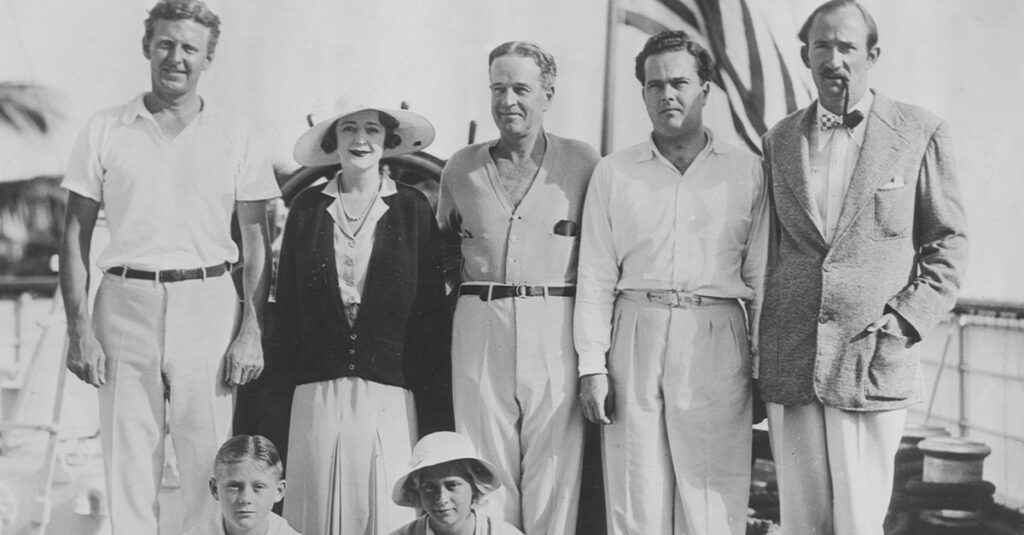
The Vanderbilt Family: From Empire to Emptiness
The Vanderbilts were once the richest family in the United States. Cornelius “The Commodore” Vanderbilt built his fortune through steamships and railroads, leaving behind more than $100 million when he died in 1877—an astronomical sum for the era. His grandson, William K. Vanderbilt, helped continue the family’s rise, financing railroads and real estate, and commissioning the opulent mansions that came to define the Gilded Age.
But within two generations, the money had splintered across dozens of descendants, many of whom were more interested in spending than sustaining. The family hosted extravagant parties, maintained enormous estates in New York, Newport, and Palm Beach, and lived with an assumption that the money would never run out.
It did. By the 1970s, not a single Vanderbilt appeared on the Forbes list of America’s wealthiest individuals. The most famous family member of recent decades, Gloria Vanderbilt—artist, fashion designer, and heiress—built her own fortune through jeans and licensing deals. Her wealth was self-made, not inherited. Anderson Cooper, her son, has been open about growing up without real financial security, and famously said, “My mom’s fortune was gone. There was really nothing left.”
Still, the Vanderbilt name continues to resonate in architecture, philanthropy, and the public imagination. Grand Central Terminal, Vanderbilt University, and countless other institutions bear the family’s name—a brand stronger than the money behind it.
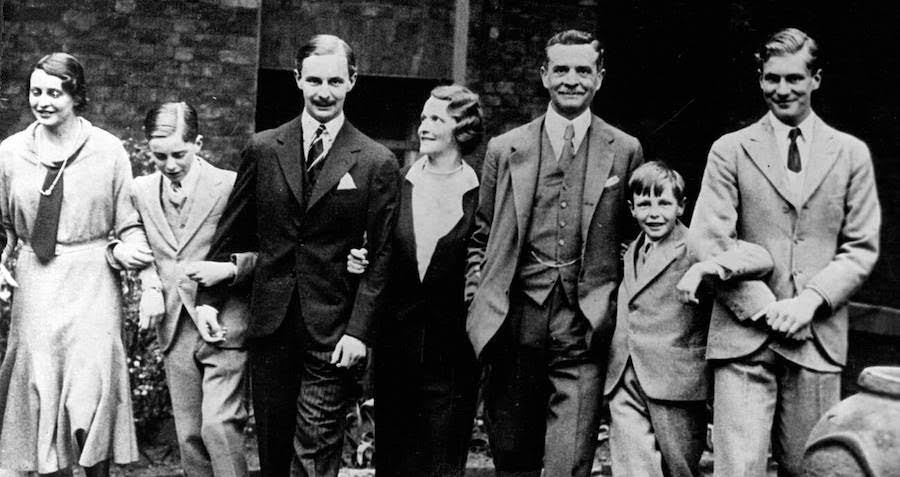
The Astor Family: Legacy Over Liquidity
The Astors made their fortune early—John Jacob Astor I became the first multi-millionaire in U.S. history through fur trading and Manhattan real estate. By the late 1800s, the family had transformed into American aristocracy, building the Waldorf-Astoria hotel, funding libraries, and living at the pinnacle of old-money society.
But as the real estate market evolved and the family fractured, their financial position slowly weakened. By the late 20th century, Brooke Astor remained the last powerful public figure of the family. Known for her philanthropy and deep ties to New York’s cultural institutions, she maintained the aura of Astor wealth long after the family’s assets had become entangled or diminished.
The true state of the family’s finances only became public after her death in 2007. Her son, Anthony Marshall, was convicted of stealing from her estate, and a legal battle revealed how little was left. Major properties had been sold off. Liquid assets were far below expectations. What remained was a symbolic fortune—an estate rich in name, not in numbers.
Yet in elite circles, the Astor name still carries authority. Institutions still seek their endorsement. The family is still invited, still respected, and still remembered—not for what they have, but for what they once were.
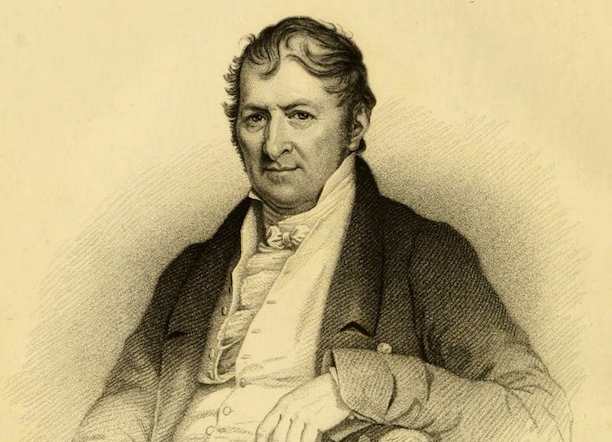
The Whitney Family: Cultural Capital After Financial Decline
Descended from Eli Whitney, inventor of the cotton gin, the Whitney family built their wealth through banking, oil, and railroads in the 19th and early 20th centuries. William C. Whitney served as Secretary of the Navy and was a major figure in New York’s social and political life. The family funded universities, art institutions, and the famous Whitney Museum of American Art.
By the 1980s, however, the family’s financial position had shifted. Some branches had diluted the wealth through generations of inheritance. Others made high-profile business decisions that didn’t pan out. Properties in upstate New York and Newport were sold. A prized stable of racehorses was downsized. Family members quietly liquidated assets to maintain appearances and cover lifestyle costs.
Nonetheless, the Whitney name remains prominent in American art, horse racing, and philanthropy. The museum still bears their name. Private schools, universities, and boards still welcome them. The public rarely questioned their financial position—because their surname still carried all the right signals.
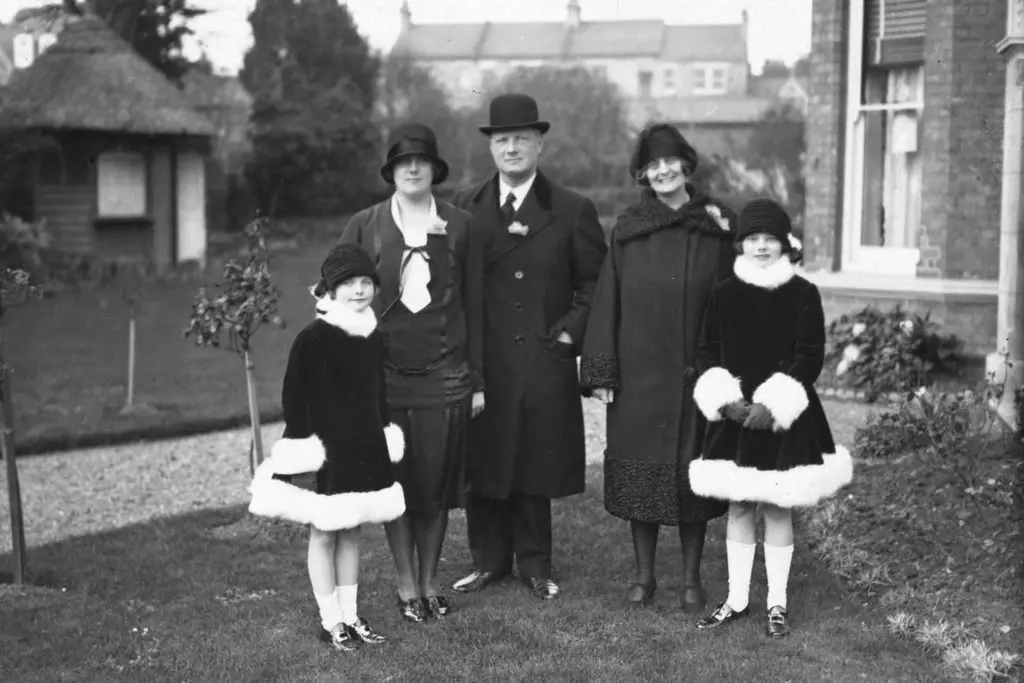
The Guinness Family: Beer Money, Burned Quietly
The Guinness family built its fortune on one of the most successful alcoholic beverage brands in history. Founded in 1759, the Guinness brewery in Dublin became a global business, and by the early 20th century, the family was among the wealthiest in Europe.
But wealth didn’t insulate the family from decline. Internal disputes, expensive lifestyles, and scattered interests took their toll. In the postwar decades, several family members became known more for tabloid scandals than for boardroom leadership. Properties like the vast Elveden Hall in Suffolk were quietly sold. Art collections disappeared from public view.
By the 1980s, the Guinness empire had become more corporate than familial. The family’s direct control was limited, and the fortune had been divided and diluted through generations. Some descendants still held influence through trusts and corporate shares, but others lived far removed from the wealth their name implied.
Still, “Guinness” has cultural weight. It opens social doors in London, Dublin, and New York. It’s still synonymous with old-world wealth, even when the real numbers no longer match.
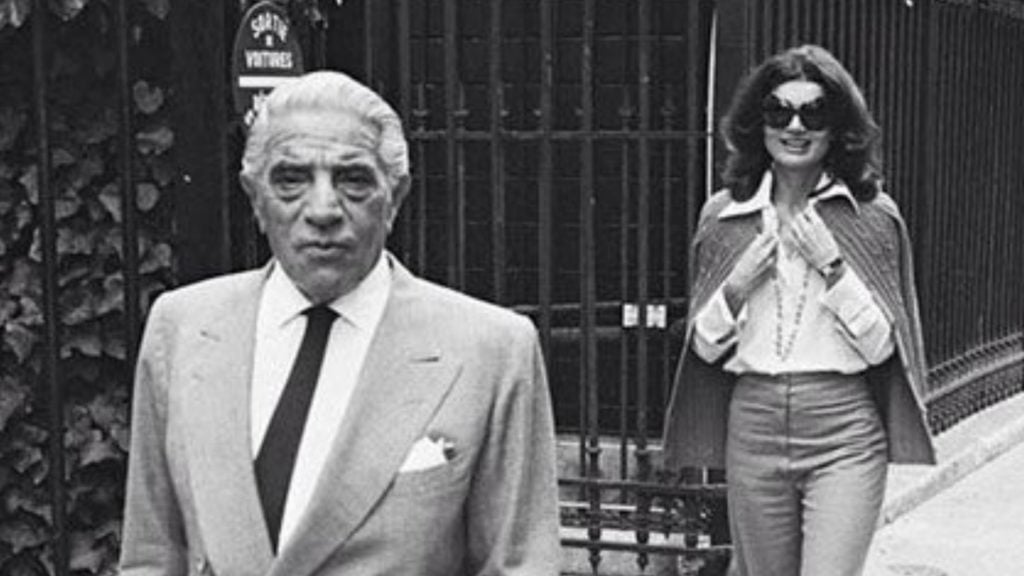
The Onassis Legacy: A Global Brand with a Hollowed Core
Few names in modern history suggest wealth and mystique like Onassis. Aristotle Onassis, born to a Greek family that lost everything during the Smyrna catastrophe, rose to become one of the world’s richest men through oil tankers, shipping, and canny international investments.
He married Jacqueline Kennedy in 1968, placing his name firmly in the spotlight of global high society. But after his death in 1975, cracks in the empire became clear. His only son, Alexander, died young in a plane crash. His daughter Christina inherited the bulk of the fortune—but struggled with health issues, a turbulent personal life, and massive spending. When she died in 1988, the inheritance passed to her daughter, Athina, under the supervision of a complex web of lawyers, trustees, and Greek officials.
Today, Athina Onassis is a private individual, with limited control over the vast network that once defined her family’s fortune. Much of the wealth was lost or locked up in trusts. Despite being the last direct heir of the Onassis line, she wields far less economic power than the name suggests.
And yet, “Onassis” still appears in foundation titles, public buildings, and luxury circles. It’s a name people associate with yachts, power, and charisma—even if the empire behind it is a shadow of its former self.
